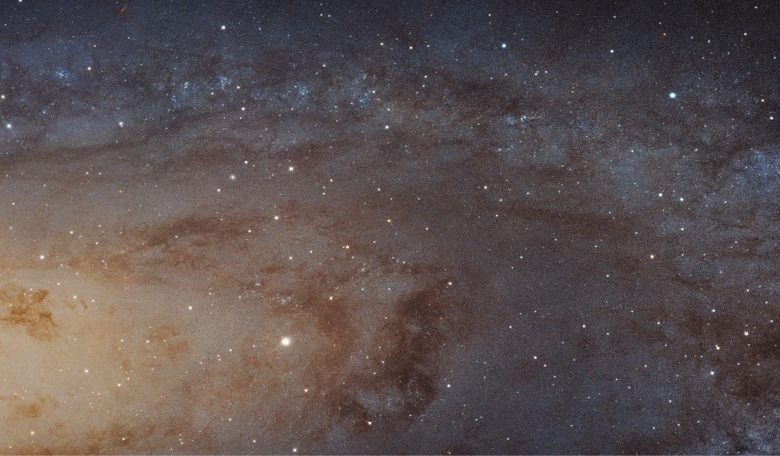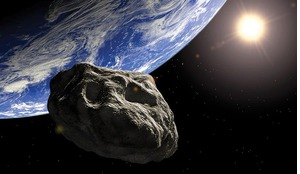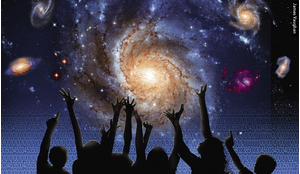Computer simulations are used extensively in astronomy, especially when the phenomena in question covers a vast interval of time, like the evolution of the Universe for example. Generally, when trying to reproduce the transformation from the Big Bang to how we see the Universe as we see it today, models are very successful in generating results in accordance with observations, however there are exceptions. One particularly big one is known as the dwarf galaxy, missing satellite or substructure problem. Dwarf galaxies are small companions of bigger galaxies – the Sagittarius dwarf elliptical galaxy is, for instance, the largest galaxy confirmed to be in orbit around the Milky Way. Nevertheless, based on computer simulations of the Universe, astronomers observe far fewer dwarf galaxies than expected and it is not clear why this is the case.
In astronomy we have a problem: we observe far fewer dwarf galaxies than we expect based on computer simulations of the Universe. We call this the dwarf galaxy, missing satellite or substructure problem.
Dwarf galaxies are small companions of bigger galaxies, like our own Milky Way. Our computer simulations investigate the evolution of the Universe and are very effective at producing niverses akin to our own.
However, there are some discrepancies, one of which is the dwarf galaxy problem. The simulations predict that a galaxy like our Milky Way should have around 10 times more satellite dwarf galaxies than we actually observe; the same is true for all large galaxies. A comparison between a simulated galaxy and a real image of the Andromeda galaxy show that the simulated galaxy has thousands of companions, whereas only a few can be made out around Andromeda.
So, what are the possible solutions? Flawed physics, limited optical surveys and starless ‘dark galaxies’ are some of the possibilities suggested to account for the discrepancies with models versus observations.
Read more about the dwarf galaxy problem and the study of its possible solutions in the full version of the article, available now to our subscribers.














